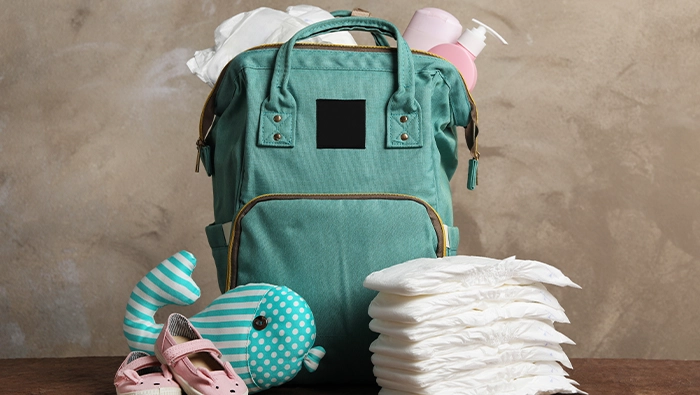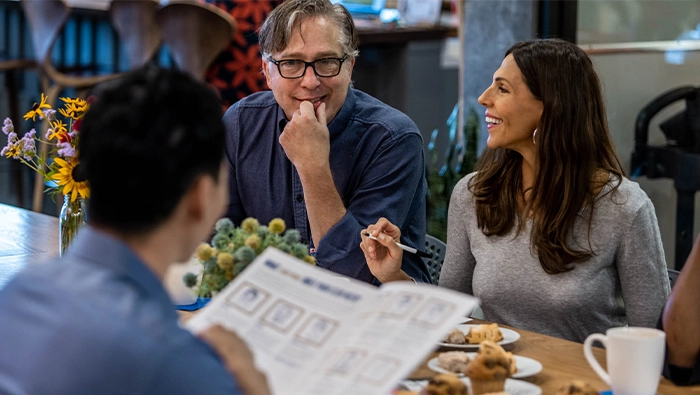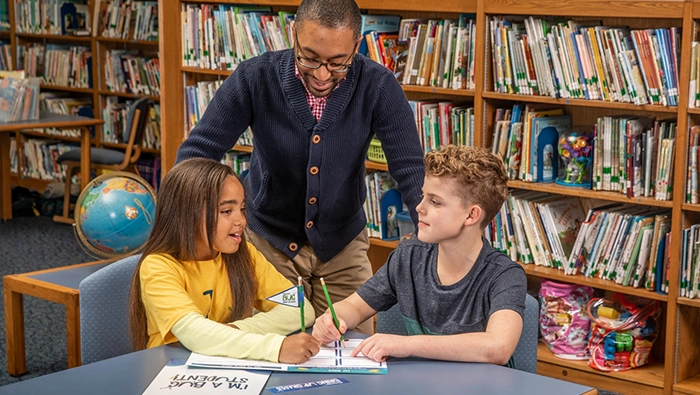
Plan a project to help newborns and new moms
The month with the highest birth rate varies around the world. That means it’s always a good time of year to help babies.
By Julie Saetre
In the northern hemisphere’s higher-latitude nations, birth rates are highest in July, August and September. In its subtropical and tropical countries, those months shift to October, November and December. And in the southern hemisphere’s nations, births are highest in March, April and May.
In other words, it’s always a great time to help babies — and new moms. If your club would like to give babies and their parents the best possible start together, consider planning a service project to address their new needs. Take inspiration from these successful Kiwanis club initiatives.
Host a diaper drive. For the past 10 years, the Kiwanis Club of Raleigh in North Carolina, U.S., has partnered with Saint Saviour’s Center, a community service organization that started The Diaper Train, the county’s first diaper-bank service. Kiwanis club members hold an annual drive to collect diapers and baby wipes (neither of which are provided in traditional government support programs), as well as children’s books. Since 2011, The Diaper Train has distributed more than 3 million diapers to low-income families in the county. The program assists over 1,100 children each month through donations and volunteers.
Support young moms. In March, the Kiwanis Club of Young Professionals Kingston, Jamaica, partnered with the nonprofit JMMB Joan Duncan Foundation to donate J$100,000 to the scholarship fund of the Women’s Centre Foundation of Jamaica. The funds are being used to support adolescent mothers at the Women’s Centre, reflecting the United Nations’ 2024 theme for International Women’s Day “Invest in women: Accelerate progress.”
Help a pediatric hospital. The Kiwanis Club of Mobile, Alabama, U.S., will use a Kiwanis Children’s Fund pediatric medicine support grant to expand a milk room at the Children’s & Women’s Hospital. The hospital — which delivers more babies annually than any other hospital on the upper Gulf Coast — recently doubled the size of its Pediatric Emergency Department and needs a larger, enhanced area for preparing and storing formula and breast milk. The Mobile Kiwanis Club, along with other clubs in its division, will use the grant combined with other funds to purchase refrigerators, a freezer, a milk warmer and a stainless-steel workstation.
Prevent early childhood injuries. The Kiwanis Pediatric Trauma Institute, part of the Tufts Medical Center in Boston, Massachusetts, U.S., offers free Early Childhood Prevention Packets that Kiwanis clubs in the New England and Bermuda District can distribute to doctor’s offices, maternity units, parent groups, daycare centers and homes, birthing education centers, and prenatal and pediatric clinics. Each packet contains a car seat identification sticker, a child passenger safety booklet, prevention information on Shaken Baby Syndrome, car safety tips, a burn-prevention brochure, a home safety checklist booklet, a “Helping Baby Back to Sleep” SIDS prevention booklet, fall-prevention tips, electric outlet covers and a temperature-sensitive bath duck to prevent burns from bathwater.
Looking for something that requires less prep and fewer hands? Try one of these options:
- Knit baby blankets or booties for newborns at an area hospital.
- Interview parenting experts and distribute parenting tip worksheets to organizations helping inexperienced moms and dads.
- Provide new slow cookers, healthy recipes and pantry staples to families in need.
- Donate new or gently used board books for babies to groups supporting new moms.


